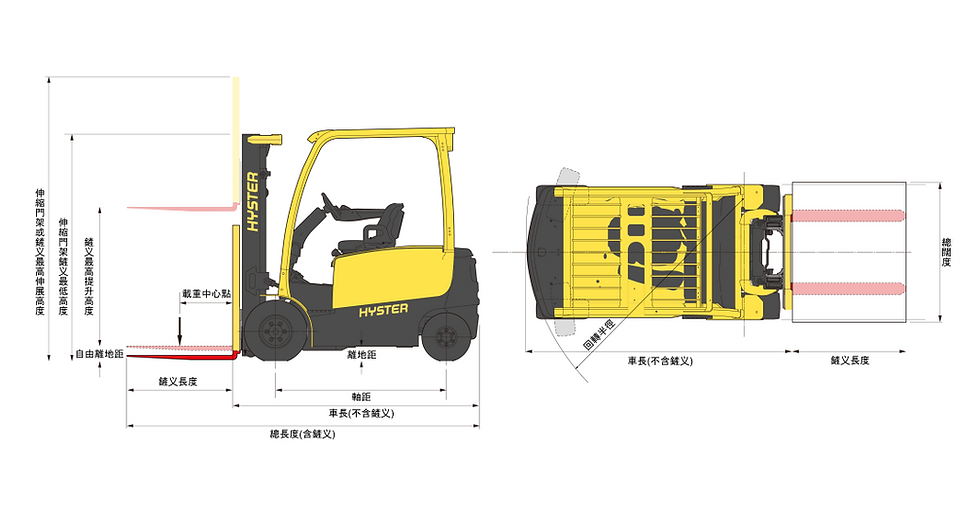Understanding Forklift Load Capacity
- Jan 27
- 2 min read
Updated: Feb 19

Maintaining a safe load capacity is crucial for accident prevention. This article outlines the importance of load capacity and essential safety practices for forklift operators.
Forklift operator safety considerations
Safety is paramount for all forklift operators. Key responsibilities include:
Completing proper training
Familiarizing themselves with all safety devices and functions of the lift truck
Using the forklift solely for its intended purpose
Traveling at safe speeds
Properly spacing the forks
Never exceeding the forklift’s rated capacity
The last point is particularly vital. Understanding forklift load capacity is essential for safe operations.
Defining forklift capacity
A forklift's rated capacity applies only to the load center specified on the specifications plate. If the load's center of gravity deviates from this position, the forklift's capacity is diminished. Loads can vary significantly in shape and size, not just limited to symmetrical boxes.
Maximum weight capacity
The maximum weight a forklift can carry is influenced by several factors, including load size, position, and weight distribution. For instance, a 2,000 kg rectangular box positioned vertically is relatively steadier and has a higher load capacity than to a horizontal position with the long end overhangs the forks.
Forklifts utilize a counterweight to balance the weight being lifted, enhancing its stability during operation. The design incorporates maximum carrying capacities based on the counterweight, front tires as the balance point, and the center of the forks indicating where the load's center of gravity should be for optimal capacity.
Risks of exceeding load capacity
Exceeding a forklift's maximum load capacity poses various hazards, including:
Tipping over
Dropping the load
Loss of steering control
Collision
To mitigate these risks, operators should:
Know how to locate the forklift’s load capacity diagram plate
Understand how a load's weight, shape, size, and position that affects the load capacity
Minimize the distance from the front wheels to the load’s center of gravity (Load center distance)
Position the heaviest part of the load toward the mast
Using forklift attachments will alters operational characteristics, including load capacity. Operators must be aware of the reduced capacity when using attachments.
Locating load capacity data
All forklifts feature a load capacity data plate, which may be referred to as a nameplate, data plate, weight plate, or load plate. Depending on the make and model, this plate may include:
General forklift details (brand, model, serial number, type)
Component information (tire types and sizes, mast type, tire tread)
Weight and load specifics:
Forklift weight
Battery weight
Attachments in weight calculations
Tilt angles
Load capacity
Maximum lift height
Load center distances
Mast height also affects capacity, with ratings decreasing at greater heights. Operators should always refer to the manufacturer’s capacity plate for accurate mast height ratings.
Preventing load capacity issues
To avoid forklift load capacity problems and unsafe work conditions, adhere to these guidelines:
Ensure operators read and follow the operator’s manual
Never exceed the stated load capacity
Select forklifts with a load capacity slightly above job requirements
Confirm the capacity plate is legible and contains accurate information
Train operators to reference the load capacity plate and avoid assumptions
Always operate at a speed that allows for control of the forklift and load, keeping the load as low as possible during transport.



Great post! Understanding forklift load capacity is key to safe and efficient operations. I liked how you broke down the basics, especially the importance of the load center and following the manufacturer's guidelines. Clear, concise, and very useful thanks for sharing!